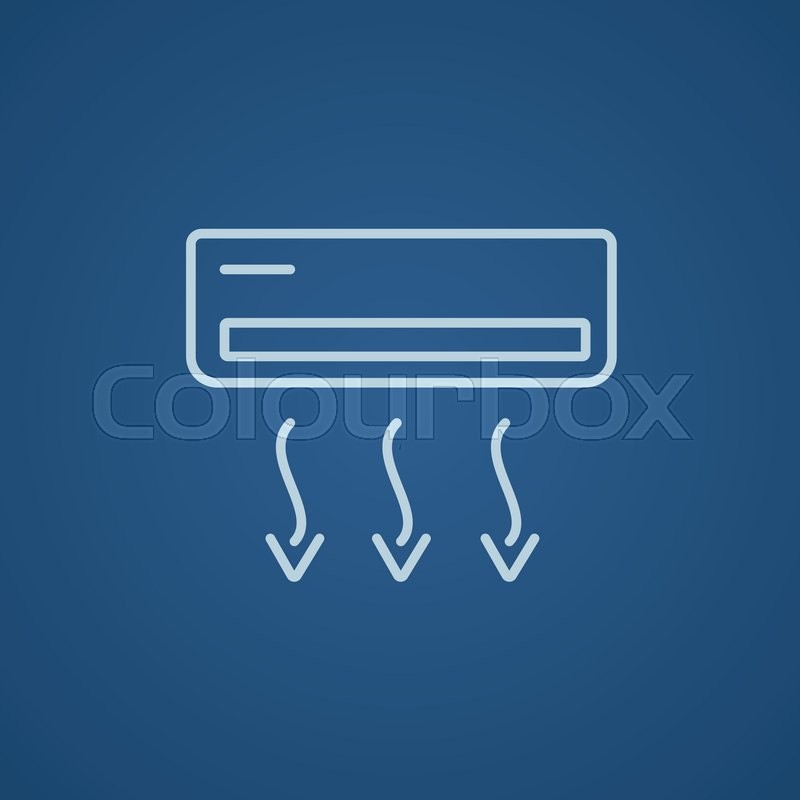The Ultimate Guide To Recognizing Heat Pumps - How Do They Function?
The Ultimate Guide To Recognizing Heat Pumps - How Do They Function?
Blog Article
https://cost-to-add-air-condition44443.csublogs.com/35603616/5-indications-it-s-time-to-update-your-heating-unit-to-a-heat-pump -Blanton Cates
The very best heatpump can save you significant amounts of cash on energy bills. https://www.gov.uk/government/publications/air-conditioning-inspections-for-buildings/a-guide-to-air-conditioning-inspections can additionally help in reducing greenhouse gas emissions, specifically if you use power instead of fossil fuels like propane and home heating oil or electric-resistance furnaces.
Heatpump function quite the like ac unit do. This makes them a feasible alternative to traditional electric home heater.
Exactly how They Function
Heatpump cool down homes in the summer season and, with a little aid from power or gas, they give several of your home's heating in the wintertime. They're a good alternative for people that want to decrease their use fossil fuels however aren't all set to replace their existing heating system and air conditioning system.
They rely upon the physical truth that even in air that appears too cold, there's still energy existing: cozy air is constantly moving, and it wants to move into cooler, lower-pressure settings like your home.
The majority of ENERGY STAR licensed heat pumps operate at near to their heating or cooling capability throughout most of the year, minimizing on/off cycling and saving energy. For the best efficiency, concentrate on systems with a high SEER and HSPF ranking.
The Compressor
The heart of the heat pump is the compressor, which is likewise called an air compressor. This mechanical moving device makes use of potential energy from power creation to enhance the stress of a gas by decreasing its volume. central heating christchurch is different from a pump because it only deals with gases and can't deal with liquids, as pumps do.
Atmospheric air goes into the compressor via an inlet shutoff. It circumnavigates vane-mounted arms with self-adjusting length that divide the inside of the compressor, developing numerous dental caries of varying dimension. The rotor's spin pressures these cavities to move in and out of phase with each other, pressing the air.
The compressor reels in the low-temperature, high-pressure cooling agent vapor from the evaporator and compresses it right into the warm, pressurized state of a gas. This procedure is duplicated as required to provide heating or air conditioning as required. The compressor also includes a desuperheater coil that reuses the waste warm and adds superheat to the cooling agent, altering it from its liquid to vapor state.
The Evaporator
The evaporator in heatpump does the very same thing as it does in refrigerators and ac unit, altering liquid refrigerant into an aeriform vapor that gets rid of warmth from the room. Heatpump systems would certainly not work without this crucial piece of equipment.
This part of the system lies inside your home or building in an indoor air handler, which can be either a ducted or ductless device. It contains an evaporator coil and the compressor that presses the low-pressure vapor from the evaporator to high pressure gas.
Heatpump absorb ambient heat from the air, and then utilize electrical energy to move that heat to a home or service in heating mode. That makes them a lot much more power reliable than electric heaters or heating systems, and because they're using clean electrical energy from the grid (and not melting fuel), they also create far fewer exhausts. That's why heatpump are such fantastic environmental choices. (Not to mention a massive reason why they're ending up being so prominent.).
The Thermostat.
Heat pumps are great choices for homes in chilly environments, and you can use them in combination with typical duct-based systems or perhaps go ductless. They're a terrific alternative to nonrenewable fuel source heating systems or standard electrical heating systems, and they're a lot more lasting than oil, gas or nuclear HVAC tools.
Your thermostat is one of the most essential element of your heat pump system, and it works extremely differently than a standard thermostat. All mechanical thermostats (all non-electronic ones) work by using compounds that change dimension with raising temperature, like coiled bimetallic strips or the expanding wax in a cars and truck radiator valve.
These strips include 2 various kinds of steel, and they're bolted together to form a bridge that finishes an electrical circuit connected to your cooling and heating system. As the strip obtains warmer, one side of the bridge broadens faster than the other, which creates it to flex and indicate that the heating system is needed. When the heat pump remains in home heating setting, the turning around shutoff turns around the flow of refrigerant, so that the outdoors coil now functions as an evaporator and the interior cyndrical tube becomes a condenser.